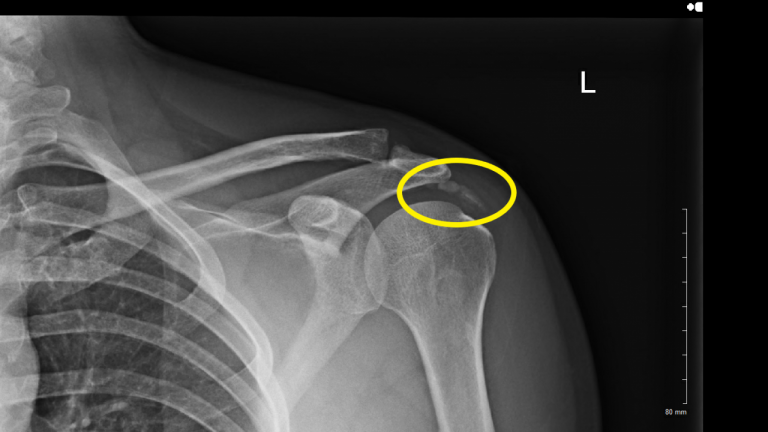What Are The Types of Digestive Systems And Their Functions?

There are two primary types of digestive systems found in animals: intracellular digestion and extracellular digestion.
Intracellular Digestion: This type of digestion occurs within the individual cells of certain organisms, such as sponges and some single-celled organisms. In intracellular digestion, food particles are engulfed by the cells and broken down internally. The nutrients are then absorbed directly into the cell for further processing and distribution.
Extracellular Digestion: Extracellular digestion is the more common type of digestion found in animals. It involves the breakdown of food outside of the cells in a specialized digestive system. Extracellular digestion is further classified into the following types:
a. Incomplete Digestive System: Organisms with an incomplete digestive system have a single opening that serves as both the mouth and the anus. This system is found in simple animals like cnidarians (e.g., jellyfish) and flatworms. Food is taken in through the mouth and indigestible waste is expelled through the same opening.
b. Complete Digestive System: Organisms with a complete digestive system have a distinct mouth and anus, connected by a tubular digestive tract. This system is found in more complex animals, including most vertebrates and many invertebrates. The digestive tract consists of different regions, such as the esophagus, stomach, small intestine, and large intestine, each with specific functions.
Mouth: The entry point of food intake. Chewing, grinding, and moistening of food occur here.
Esophagus: The muscular tube that carries swallowed food to the stomach.
Stomach: Food is further broken down by stomach acid and enzymes, forming a semi-fluid mixture called chyme.
Small Intestine: The primary site of nutrient absorption. Digestive enzymes and bile help break down food into absorbable molecules.
Large Intestine (Colon): Water is absorbed from the remaining undigested food, and waste material is formed into feces.
Anus: The terminal opening through which undigested waste is expelled from the body.
The functions of the digestive system include:
Ingestion: The intake of food into the body.
Mechanical Digestion: The physical breakdown of food through chewing, grinding, and muscular contractions.
Chemical Digestion: The breakdown of food through the action of enzymes and other chemicals.
Absorption: The process by which nutrients are taken up into the bloodstream or cells for use by the body.
Elimination: The removal of undigested waste materials from the body.
The complexity of the digestive system varies across different species, depending on their diet, evolutionary adaptations, and physiological needs.



